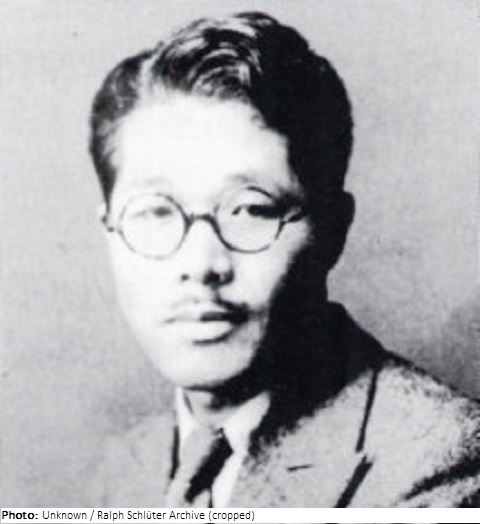Noboru Ito

Biographical information
| Roles | Competed in Olympic Games |
|---|---|
| Sex | Male |
| Full name | Noboru•Ito |
| Used name | Noboru•Ito |
| Original name | 伊•藤昇 |
| Other names | Ito-Novol, Ito Nohokotome, 伊藤能矛留, Ryosuke Oku, 奥良介 |
| Born | 31 January 1903 in Matsumoto, Nagano (JPN) |
| Died | 7 February 1993 |
| NOC |  Japan Japan |
Biography
Noboru Ito was a Japanese composer and trombonist influenced by European avant-garde music of the 1920s and 1930s, who was also interested in Russian futurism. He analyzed European composition techniques and stated that he adopted some of the most significant ones from the 1930s. Ito then composed a number of quite interesting experimental pieces, writing works for unusual instrument combinations such as 11 percussion instruments, piano, and celesta. Some of his works have never been performed. He was active as a composer of film music in the mid-1930s to the mid-1940s including a number of Japanese war movies.
After dropping out of business school, Ito graduated from the Athénée Français School in Tokyo. In 1919, he started his musical activities as a trombone player in the naval military band. After his dismissal he joined the Japan Symphony Association led by Kosaku Yamada, where he studied composition and counterpoint. He then served as principal trombonist in the newly founded New Symphony Orchestra (now NHK Symphony Orchestra) under conductor Hidemaro Konoe, but also continued to study composition under Meiro Sugahara.
Results
| Games | Discipline (Sport) / Event | NOC / Team | Pos | Medal | As | |
|---|---|---|---|---|---|---|
| 1936 Summer Olympics | Art Competitions |  JPN JPN |
Noboru Ito | |||
| Music, Compositions For Orchestra, Open (Olympic) |